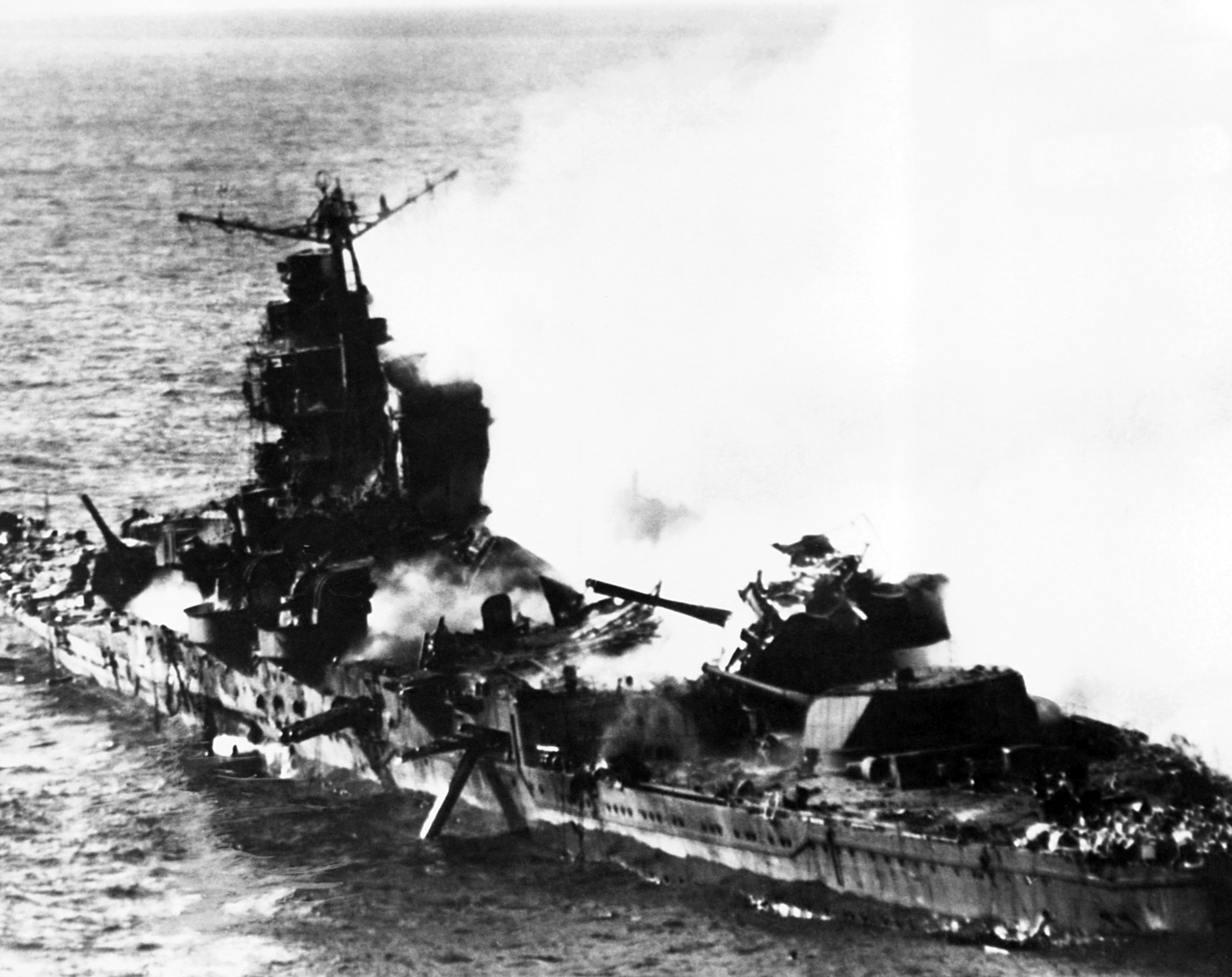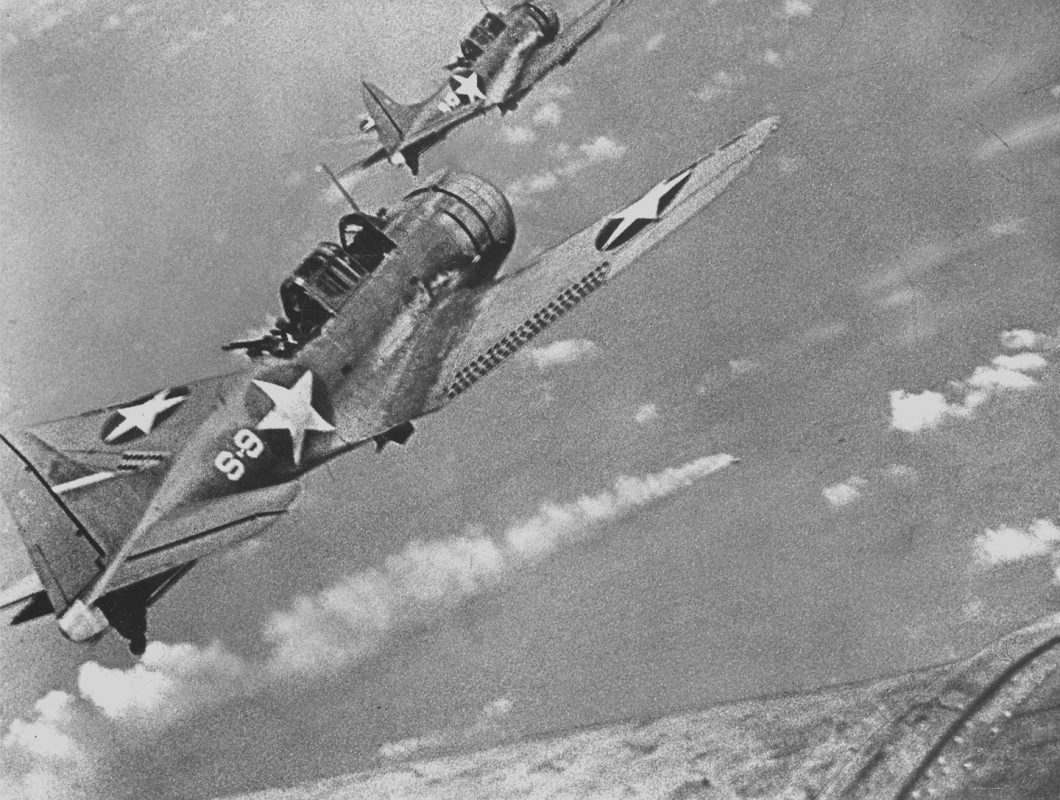It proved to be an improbable naval victory that tilted the War in the Pacific for the United States, equal parts pluck and luck.
Seventy five years ago this Sunday, one of the most important battles of World War II unfolded near a tiny atoll in the South Pacific. But the Battle of Midway could have gone very differently.
In honor of the milestone anniversary, The Wall Street Journal conscripted Robert Garnett, a professor of English literature at Gettysburg College, to regale readers with the backstory often left out of the history books.

Six months after severely damaging the U.S. fleet at Pearl Harbor, the Japanese were lulled into a false complacency—as an armada of 150 Japanese warships and 250 warplanes steamed unsuspecting into an American attack.
Admiral Chester Nimitz, in charge of the U.S. fleet, got conflicting predictions of where the Japanese would strike next—whether Australia, San Francisco, or Hawaii—but opted to head further into the far South Pacific. He relied on codebreakers under Commander Joe Rochefort to get him the intel.
Because Rochefort’s team could decode roughly one-eighth of the atypical message, there was a lot of educated guessing involved.
So Nimitz extrapolated correctly—and the Battle of Midway resulted on June 4, 1942.
When the smoke cleared, the Japanese fleet suffered enough losses to force them to suspend thereafter its previously successful attack campaign in the Pacific theater.
This article was featured in the InsideHook newsletter. Sign up now.
























